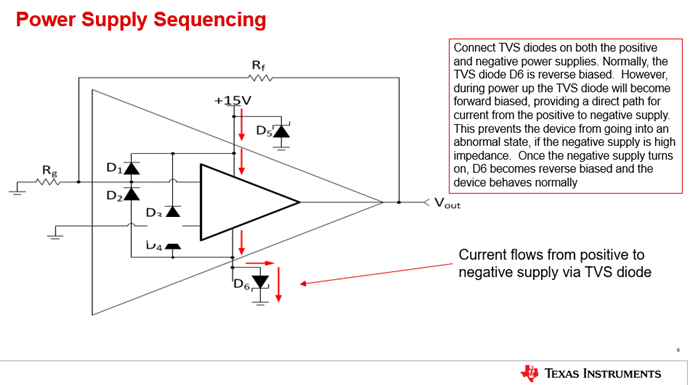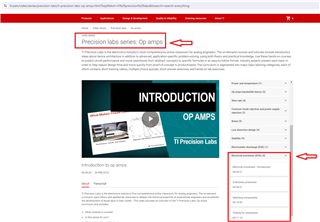Other Parts Discussed in Thread: LM27761,
Tool/software:
Hi,
I wonder if you would be able to clarify something. I am currently using the XTR300 in a design, along side the LM27761 to generate a -5V for (V-). The XTR300 will be powered asymmetrically, the V+ will be powered from a +15V supply, which will also be used to generate, a regulated 5V5, which subsequently powers the LM27761.
My question is, whether it is acceptable to hold the -V pin at Analogue GND potential (0V), until the -V supply is fully up, if the V+ supply is already up (+15V) ? Noting that the output signal is not enable during this period, and even when enabled the output will only ever be 0-10V.
If that is not acceptable, would holding the device in reset (OD held low) until both supplies are up be an acceptable alternative ?
Adding a power sequencing IC is unfortunately out of scope at this stage so just trying to understand what we can do that ensures the XTR300 is still operating within its recommended limits.
Many Thanks,
Edson





